Download top and best high-quality free Plastic PNG Transparent Images backgrounds available in various sizes. To view the full PNG size resolution click on any of the below image thumbnail.
License Info: Creative Commons 4.0 BY-NC
Plastics are a wide variety of synthetic or semi-synthetic organic compounds that are fibrous and thus can be transformed into solid objects. General property of all materials which can deform irreversibly without breaking is known as plasticity, but in case of moldable polymers, it appears to such an extent that their real name derives from this specific ability.
Plastics are usually high molecular weight organic polymers and often contain other substances. They are usually synthetic, most commonly derived from petrochemicals, but a number of options are made from renewable materials such as polylactic acid from corn or cellulosics from cotton linters.
In developed countries, about one-third of plastic is used for packaging and about the same is used in buildings such as piping, plumbing, or vinyl siding. Other applications include cars (up to 20% plastic), furniture and toys. In developing countries, the use of plastics varies – 42% of consumption in India is used for packaging. Worldwide, about 50 kg of plastic is produced per person per year, doubling the production every ten years.
Plastics have many uses in medicine, with the advent of polymer implants and other medical devices, at least in part derived from plastic. In the field of plastic surgery, it is not name used for the usage of plastic materials that is indicated, but the meaning of the word “plasticity” in relation to the transformation of flesh.
The world’s first fully synthetic plastic was Bakelite, invented in New York in 1907 by Leo Baekeland, who coined the term “plastic”. Many chemists have contributed to the material science of plastics, including the Nobel laureate Hermann Staudinger, who has been called the “father of polymer chemistry,” and Herman Mark, known as the “father of polymer physics.”
The success and dominance of plastics, which began in the early 20th century, has raised environmental concerns about their slow degradation after they are disposed of as large molecules. Towards the end of the century, the approach to this problem was met with great recycling efforts. The word “plastic” comes from the Greek (plastikos), which means “able to shape or mold”, and in turn from (plastos), which means “molded”.
The ductility or plasticity of a material during production allows it to be cast, pressed or extruded into various forms such as films, fibers, plates, tubes, bottles, boxes and more. should not be confused with the technical adjective plastic. The adjective applies to any material that undergoes plastic deformation or constant change in shape when filtered beyond a certain point. For example, stamped or forged aluminum exhibits plasticity in this sense, but is not plastic in the general sense. In contrast, some plastics in their finished forms break down to deformation and are therefore not plastic in a technical sense.
Download Plastic PNG images transparent gallery.
- Plastic PNG Transparent HD Photo
Resolution: 4562 × 4562
Size: 430 KB
Image Format: .png
Download
- Plastic PNG
Resolution: 512 × 512
Size: 56 KB
Image Format: .png
Download
- Plastic Transparent
Resolution: 512 × 352
Size: 40 KB
Image Format: .png
Download
- Plastic Bottle PNG Clipart
Resolution: 860 × 763
Size: 468 KB
Image Format: .png
Download
- Plastic Bottle PNG Download Image
Resolution: 572 × 883
Size: 407 KB
Image Format: .png
Download
- Plastic Bottle PNG File
Resolution: 512 × 512
Size: 42 KB
Image Format: .png
Download
- Plastic Bottle PNG Free Image
Resolution: 604 × 764
Size: 239 KB
Image Format: .png
Download
- Plastic Bottle PNG HD Image
Resolution: 800 × 331
Size: 94 KB
Image Format: .png
Download
- Plastic Bottle PNG High Quality Image
Resolution: 1480 × 1104
Size: 1257 KB
Image Format: .png
Download
- Plastic Bottle PNG Image
Resolution: 512 × 512
Size: 15 KB
Image Format: .png
Download
- Plastic Bottle PNG Images
Resolution: 512 × 512
Size: 210 KB
Image Format: .png
Download
- Plastic Bottle PNG Pic
Resolution: 560 × 560
Size: 253 KB
Image Format: .png
Download
- Plastic Bottle PNG Picture
Resolution: 820 × 1045
Size: 263 KB
Image Format: .png
Download
- Plastic Bottle PNG
Resolution: 860 × 630
Size: 345 KB
Image Format: .png
Download
- Plastic Bottle Transparent
Resolution: 646 × 808
Size: 93 KB
Image Format: .png
Download
- Plastic Bottle
Resolution: 880 × 1237
Size: 60 KB
Image Format: .png
Download
- Plastic Items PNG Clipart
Resolution: 430 × 464
Size: 110 KB
Image Format: .png
Download
- Plastic Items PNG Download Image
Resolution: 840 × 859
Size: 252 KB
Image Format: .png
Download
- Plastic Items PNG File
Resolution: 640 × 640
Size: 256 KB
Image Format: .png
Download
- Plastic Items PNG Free Download
Resolution: 860 × 412
Size: 305 KB
Image Format: .png
Download
- Plastic Items PNG HD Image
Resolution: 500 × 345
Size: 217 KB
Image Format: .png
Download
- Plastic Items PNG Image
Resolution: 516 × 463
Size: 245 KB
Image Format: .png
Download
- Plastic Items PNG Pic
Resolution: 593 × 598
Size: 217 KB
Image Format: .png
Download
- Plastic Items PNG Picture
Resolution: 860 × 405
Size: 310 KB
Image Format: .png
Download
- Plastic Items PNG
Resolution: 2000 × 1512
Size: 1994 KB
Image Format: .png
Download
- Plastic Items Transparent
Resolution: 1400 × 1050
Size: 1161 KB
Image Format: .png
Download
- Plastic Items
Resolution: 820 × 447
Size: 249 KB
Image Format: .png
Download
- Plastic PNG Clipart
Resolution: 800 × 800
Size: 663 KB
Image Format: .png
Download
- Plastic PNG Download Image
Resolution: 1500 × 1493
Size: 1147 KB
Image Format: .png
Download
- Plastic PNG File Download Free
Resolution: 500 × 345
Size: 178 KB
Image Format: .png
Download
- Plastic PNG File
Resolution: 1024 × 600
Size: 902 KB
Image Format: .png
Download
- Plastic PNG Free Download
Resolution: 1250 × 1191
Size: 1122 KB
Image Format: .png
Download
- Plastic PNG Free Image
Resolution: 1024 × 1024
Size: 842 KB
Image Format: .png
Download
- Plastic PNG HD Image
Resolution: 1700 × 2375
Size: 1983 KB
Image Format: .png
Download
- Plastic PNG High Quality Image
Resolution: 1082 × 1070
Size: 115 KB
Image Format: .png
Download
- Plastic PNG Image File
Resolution: 454 × 436
Size: 90 KB
Image Format: .png
Download
- Plastic PNG Image HD
Resolution: 517 × 643
Size: 162 KB
Image Format: .png
Download
- Plastic PNG Image
Resolution: 587 × 653
Size: 536 KB
Image Format: .png
Download
- Plastic PNG Images
Resolution: 1650 × 1115
Size: 875 KB
Image Format: .png
Download
- Plastic PNG Photo
Resolution: 800 × 640
Size: 144 KB
Image Format: .png
Download
- Plastic PNG Pic
Resolution: 1600 × 1944
Size: 2497 KB
Image Format: .png
Download
- Plastic PNG Picture
Resolution: 866 × 641
Size: 639 KB
Image Format: .png
Download



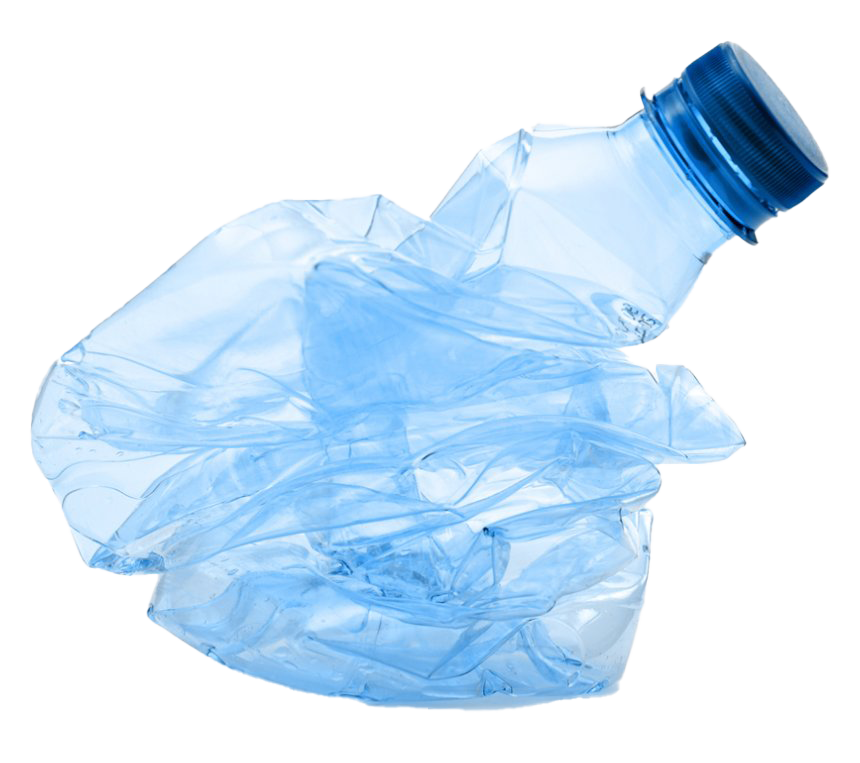




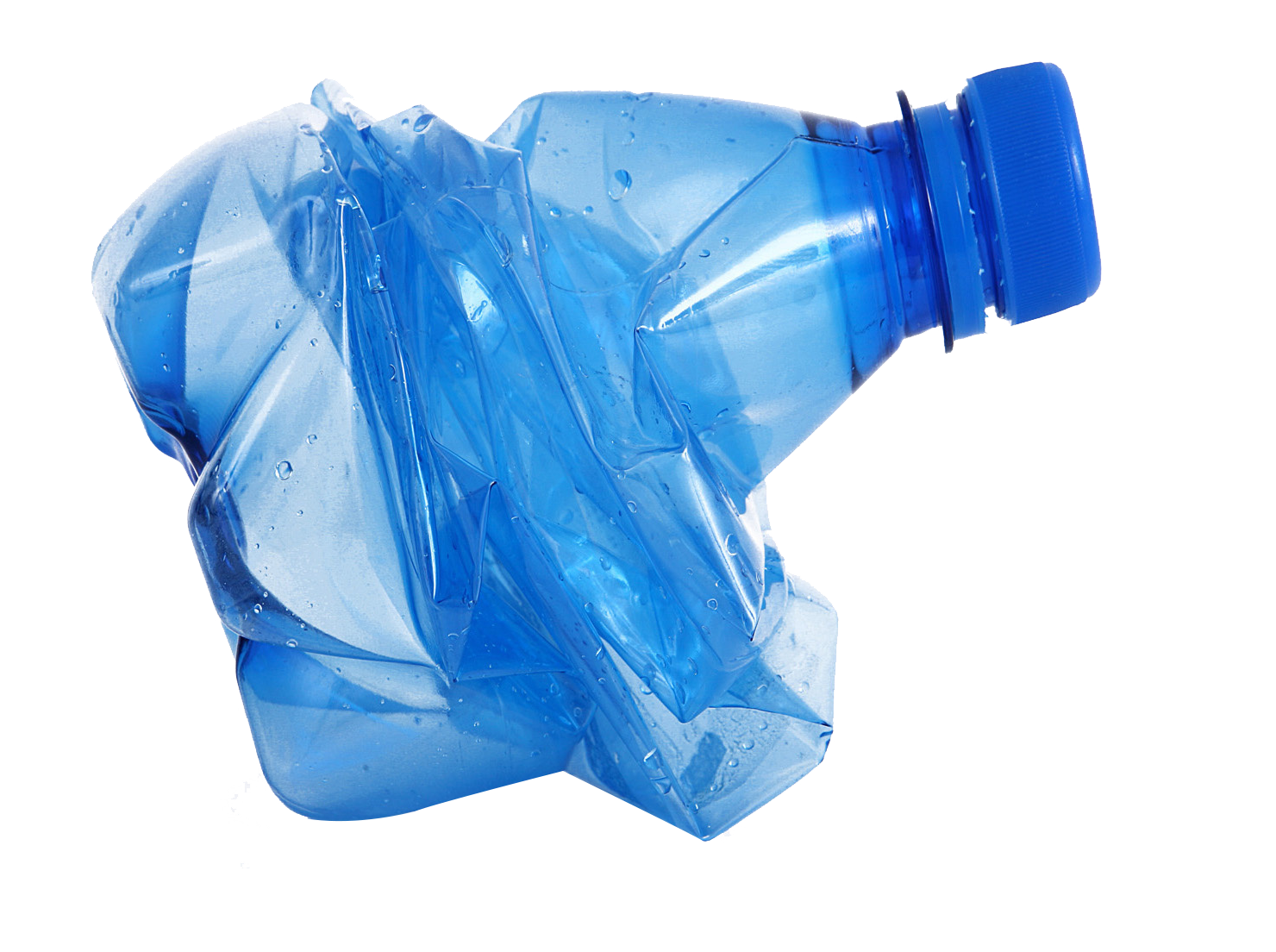
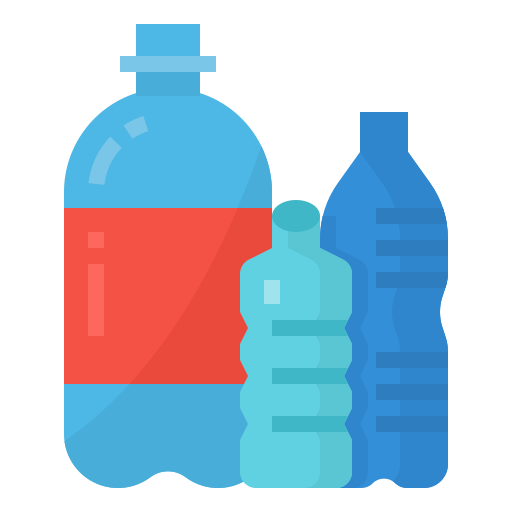

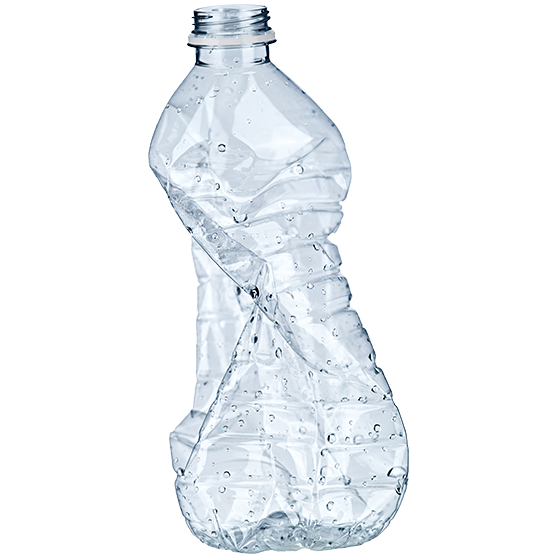

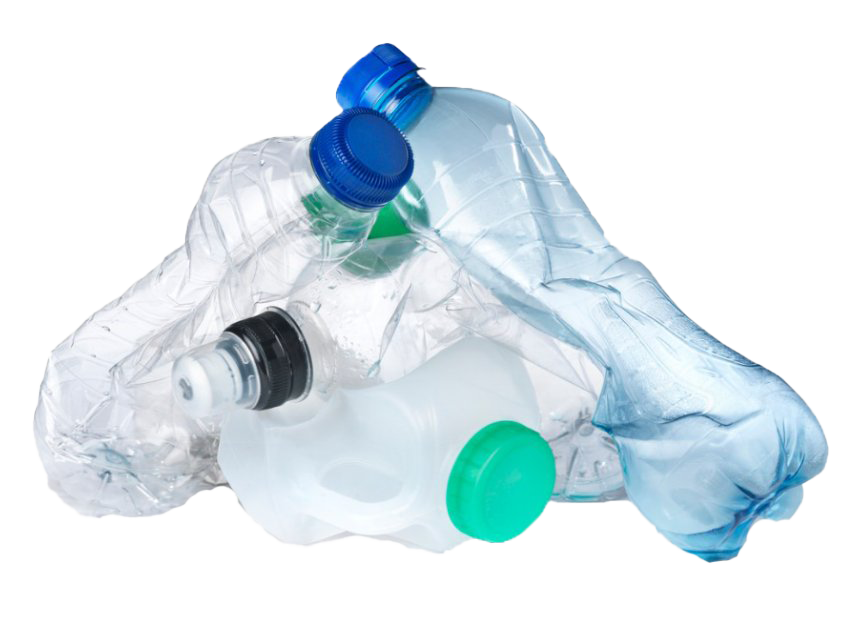


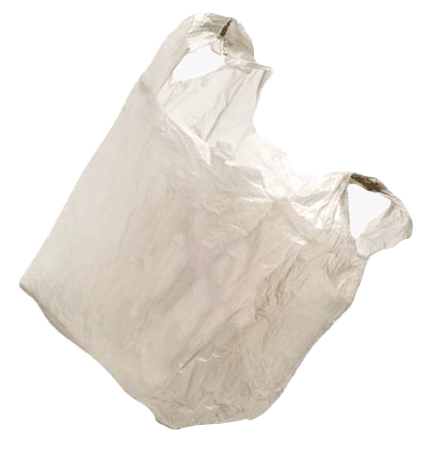

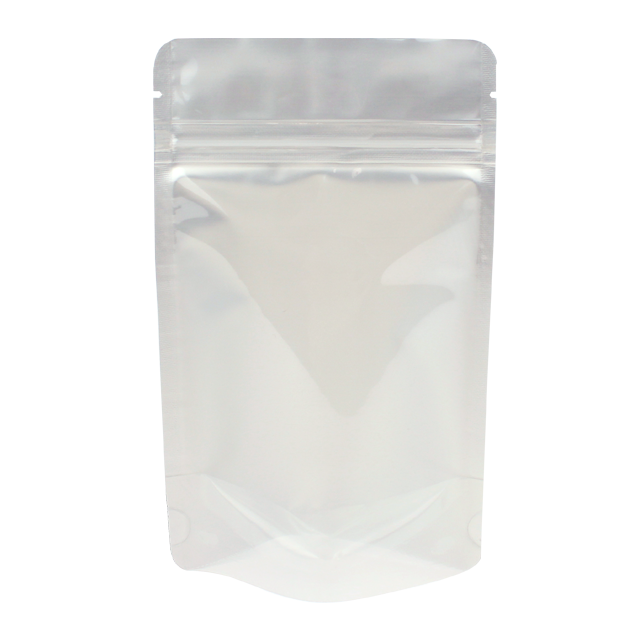

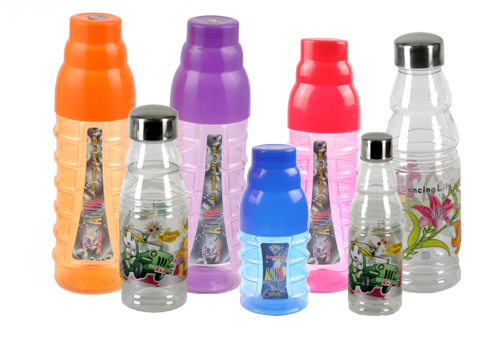


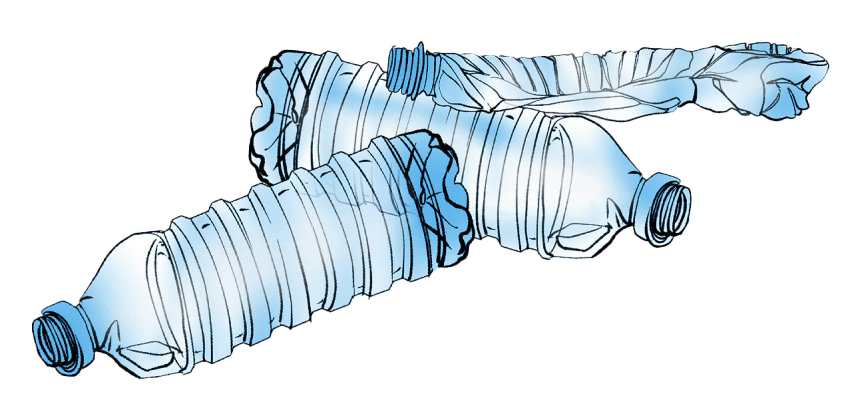
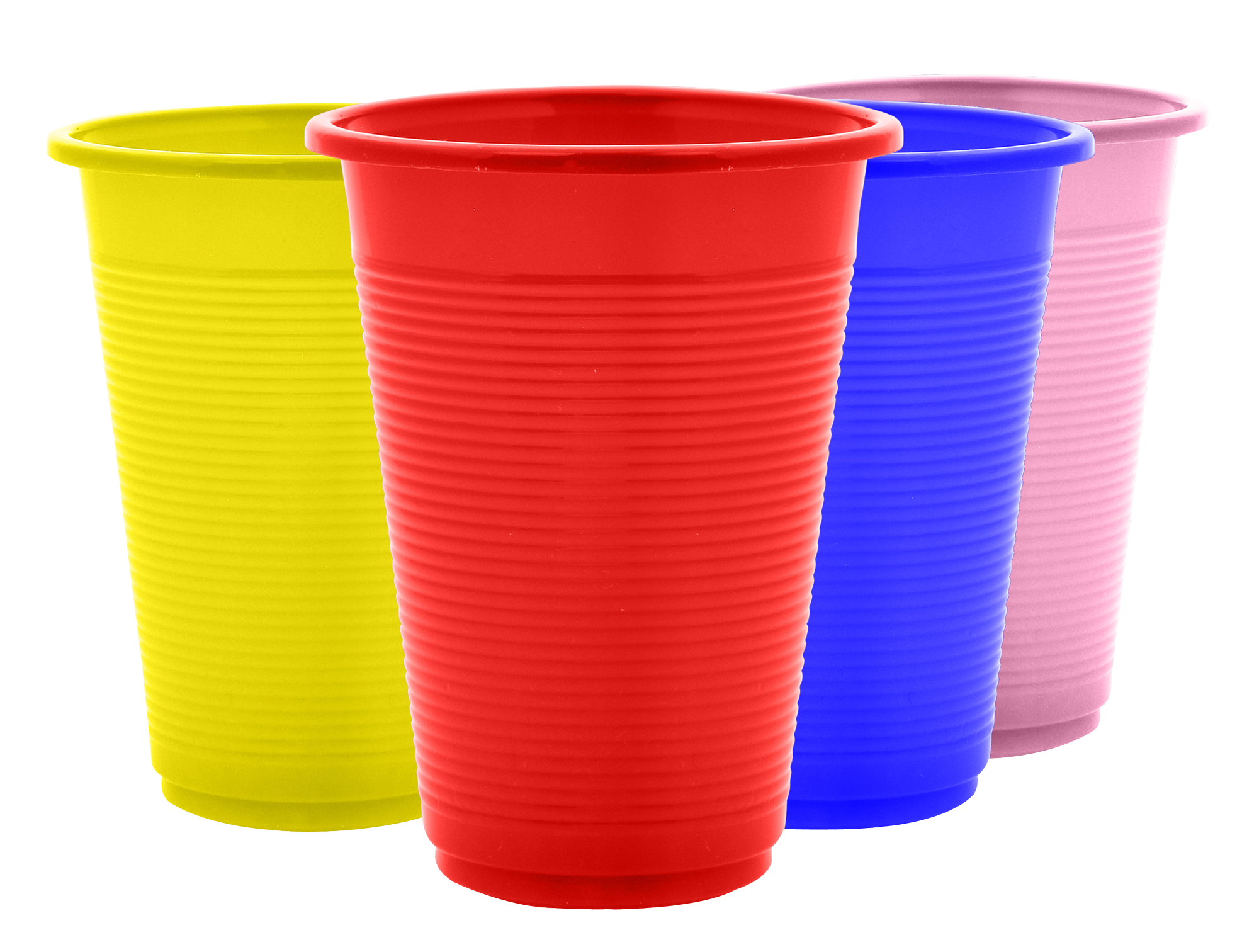

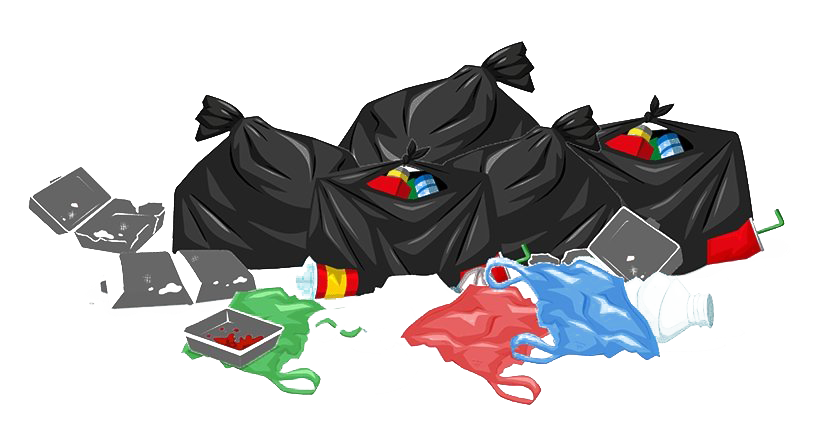

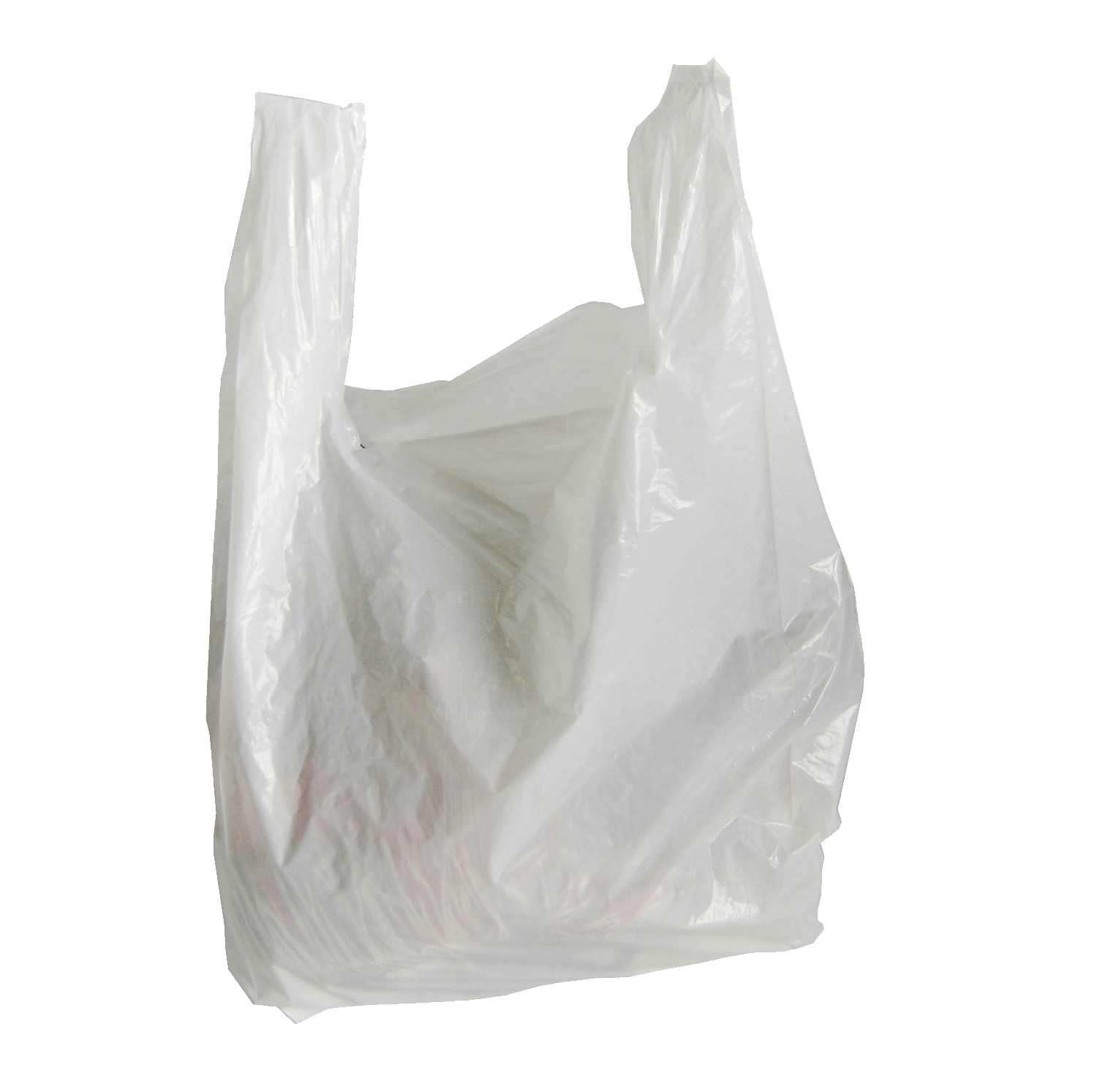
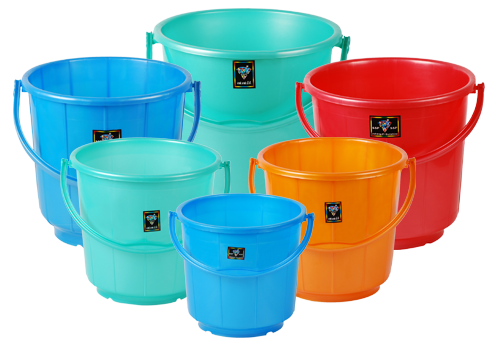

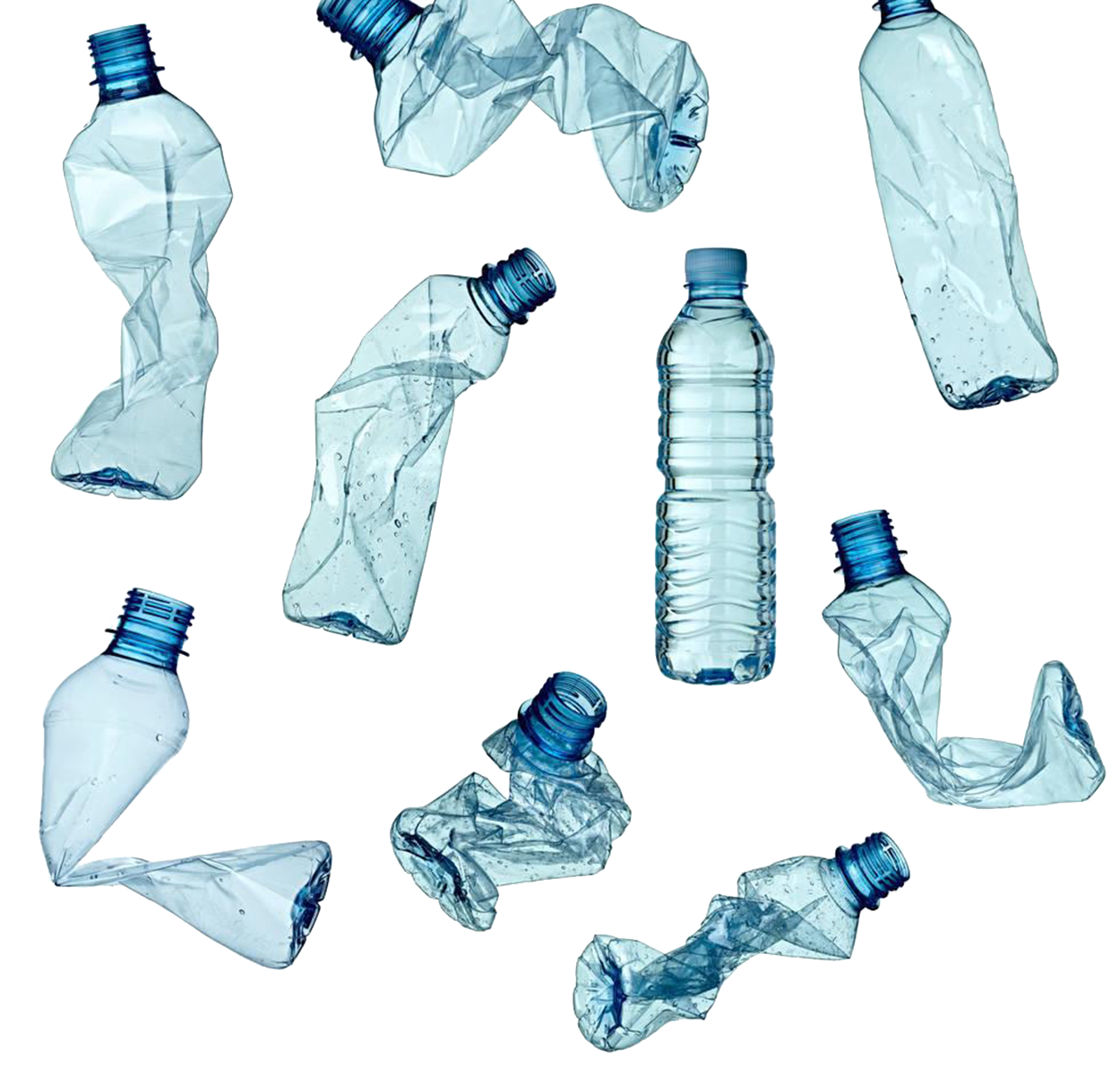
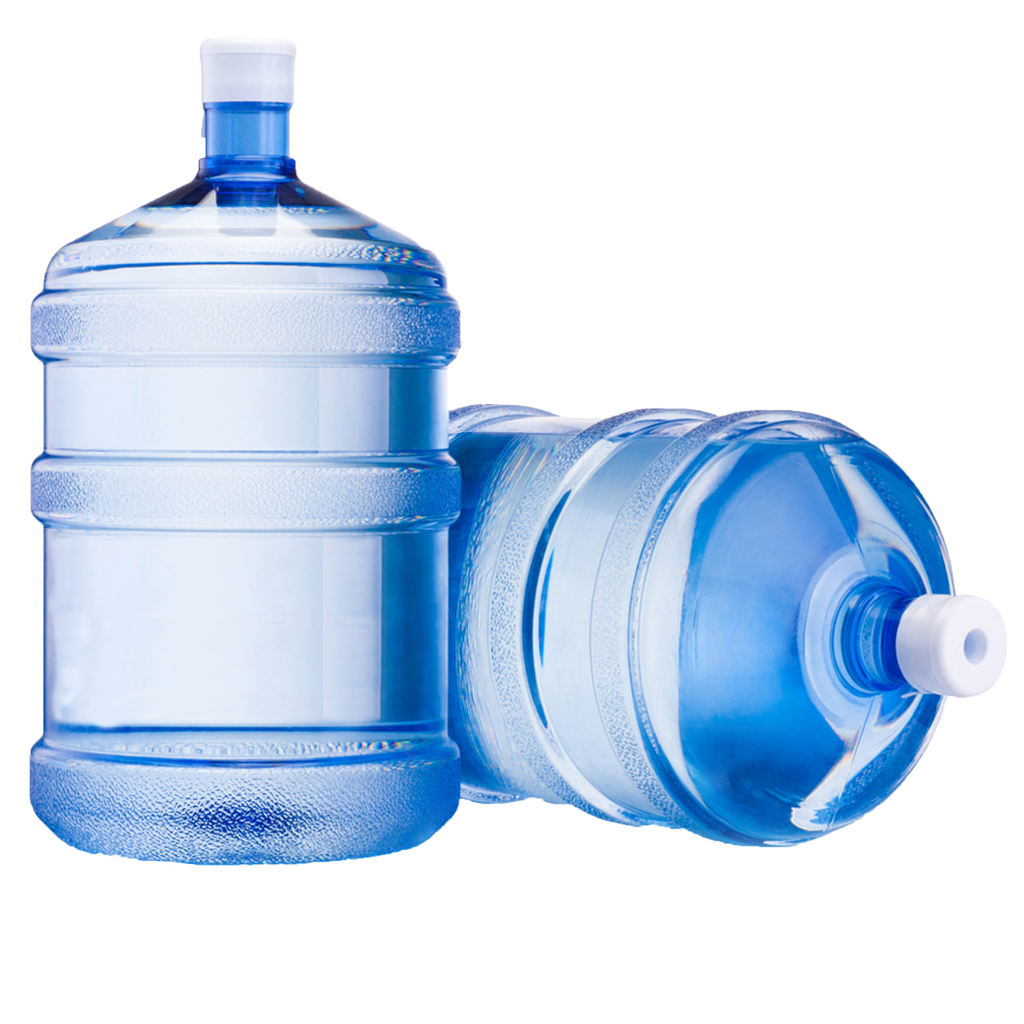

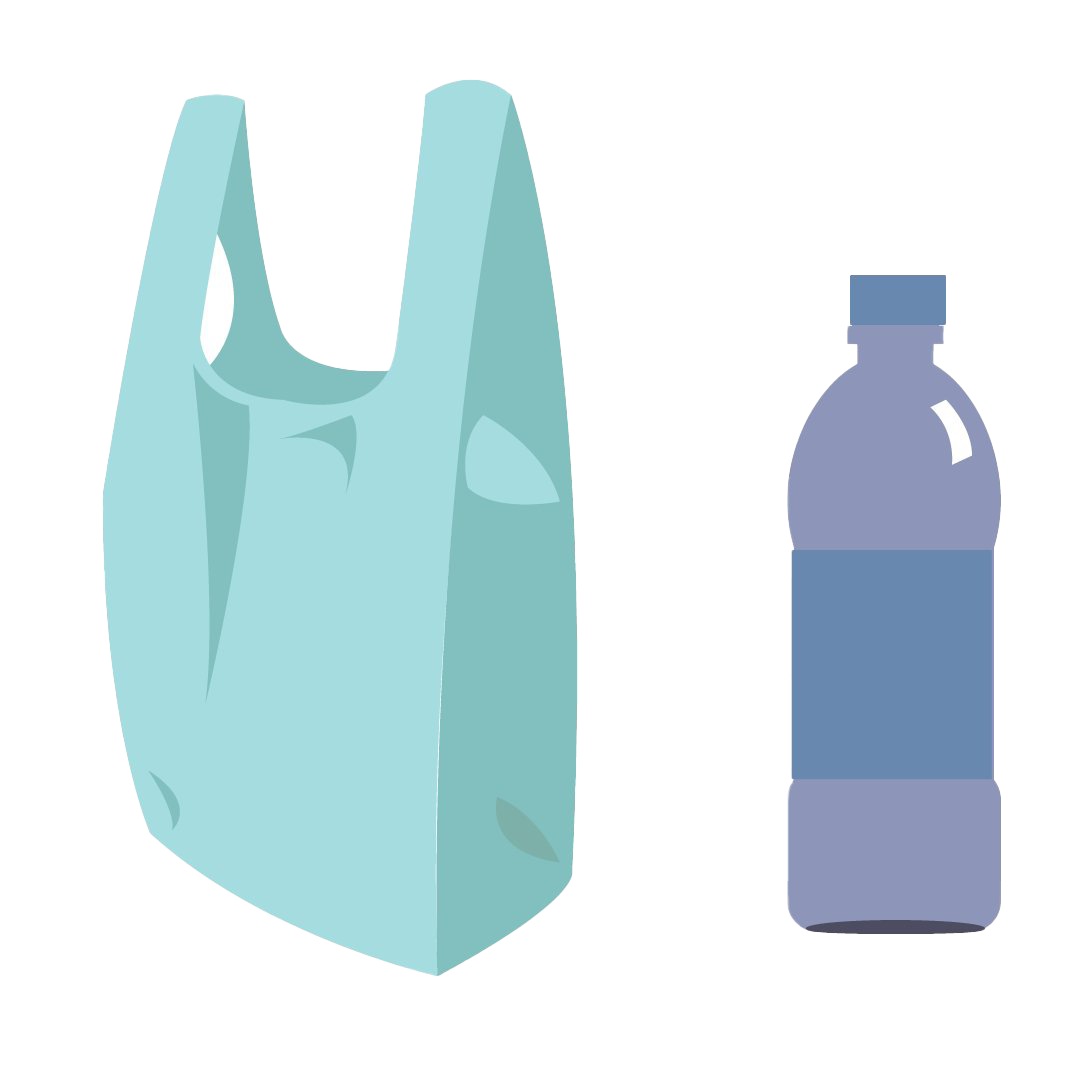
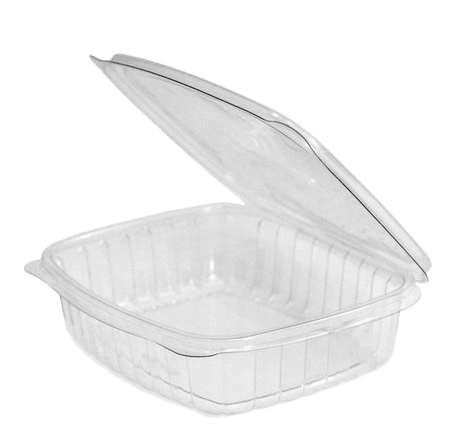


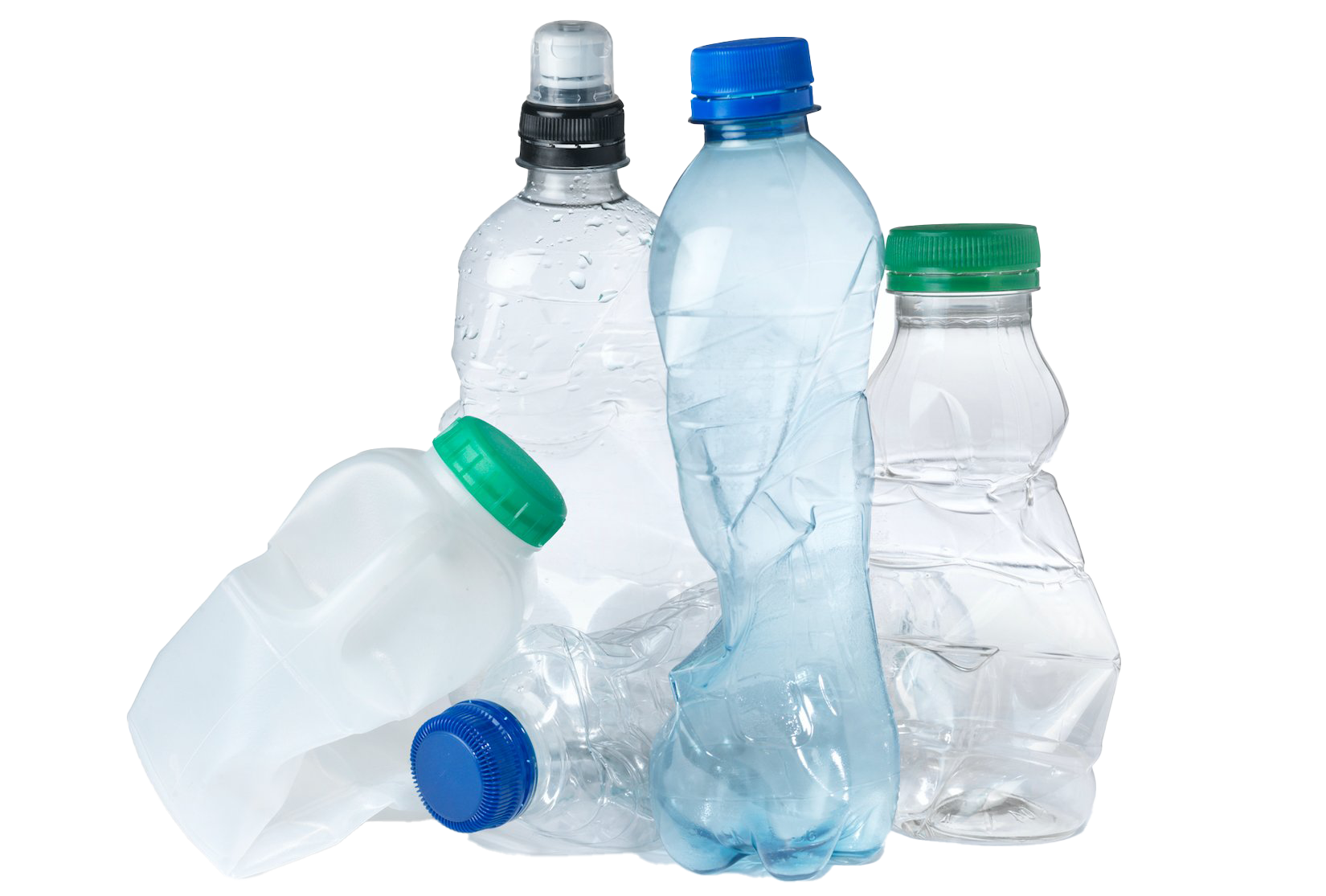
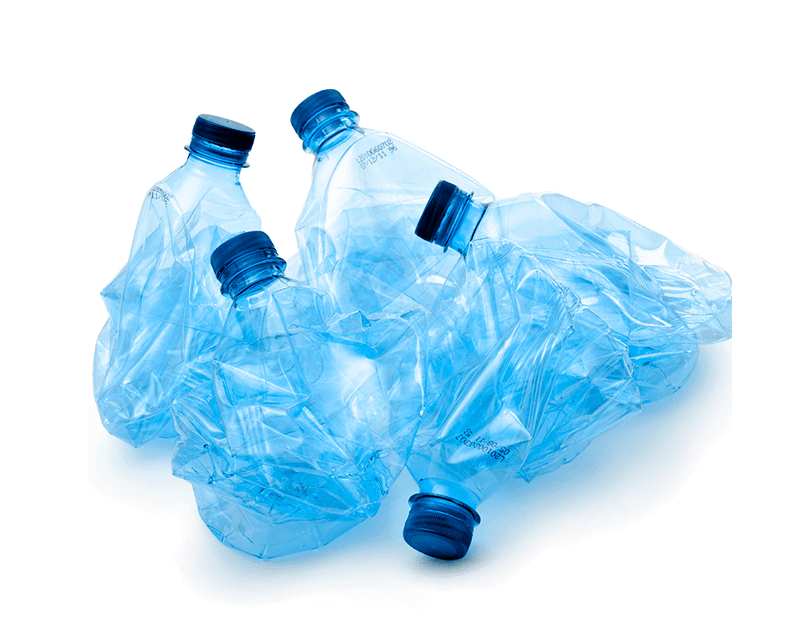

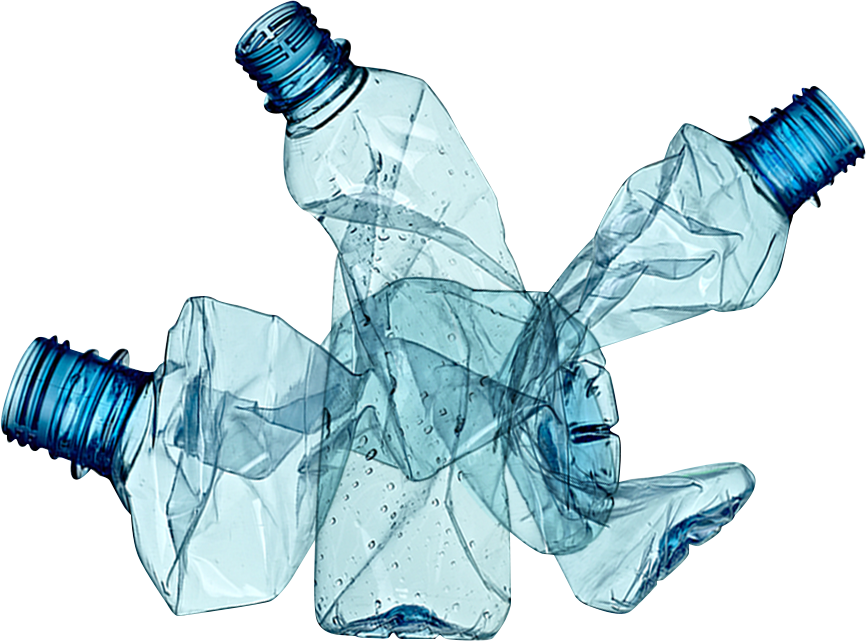
Very useful graphics that I needed for the site. Thank you for them.